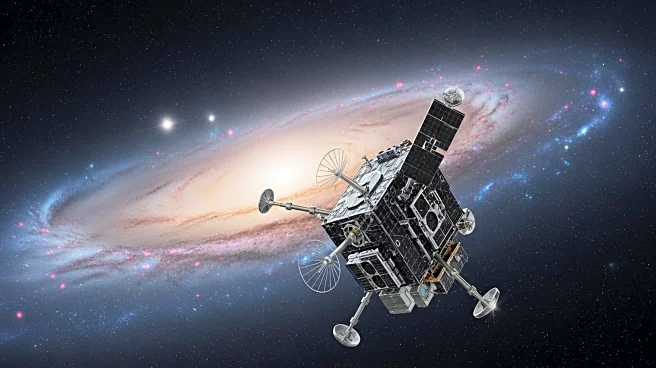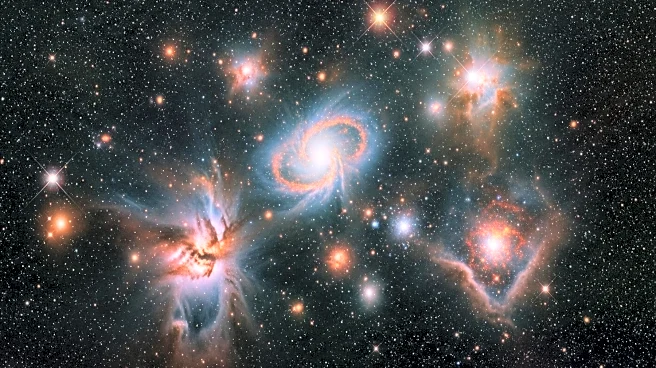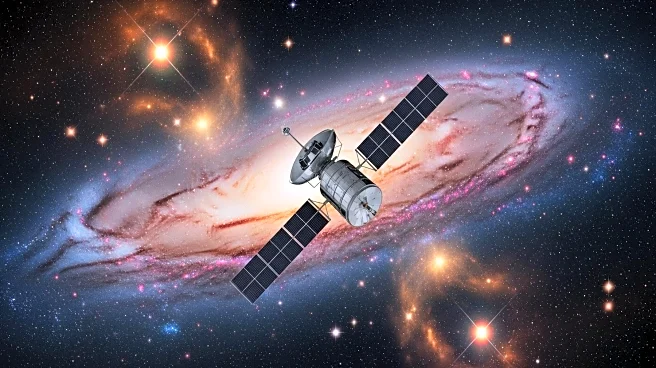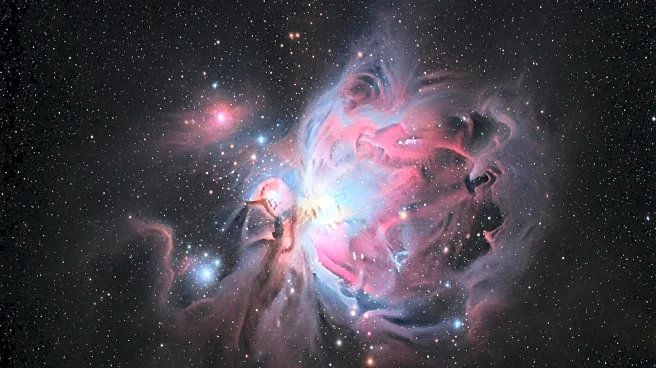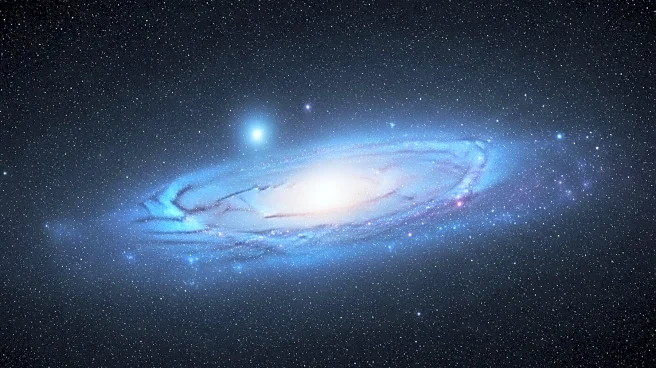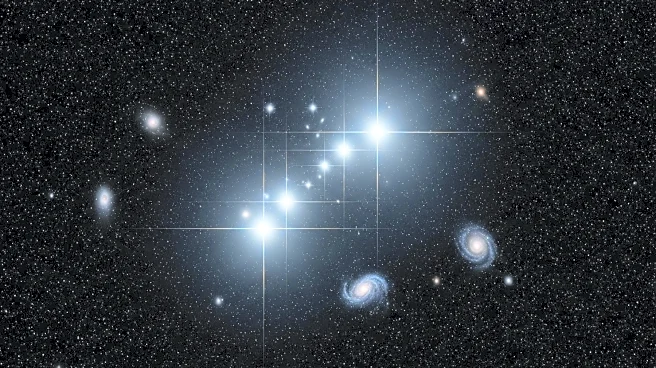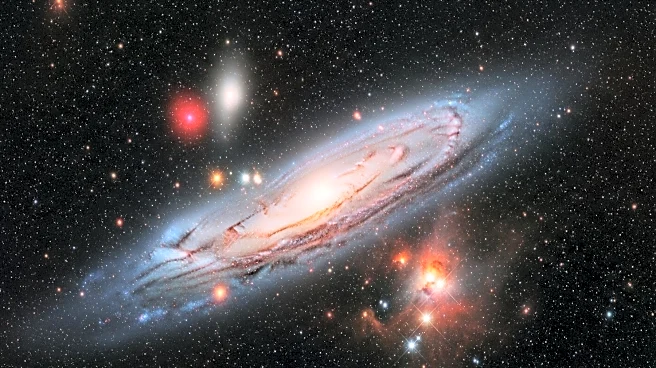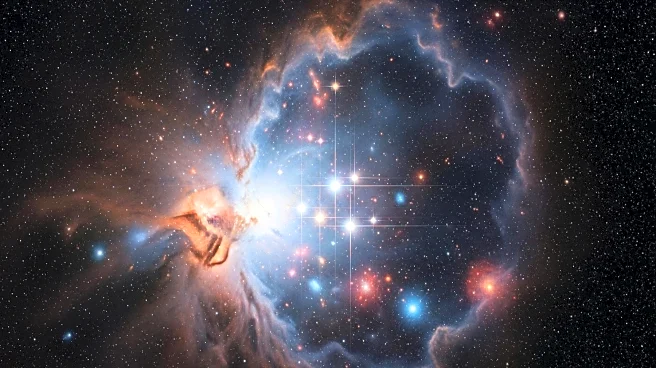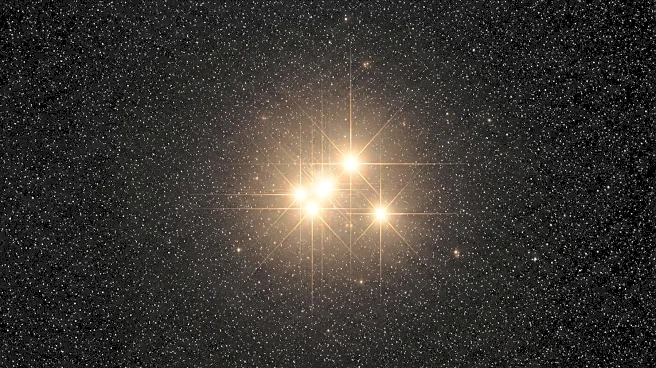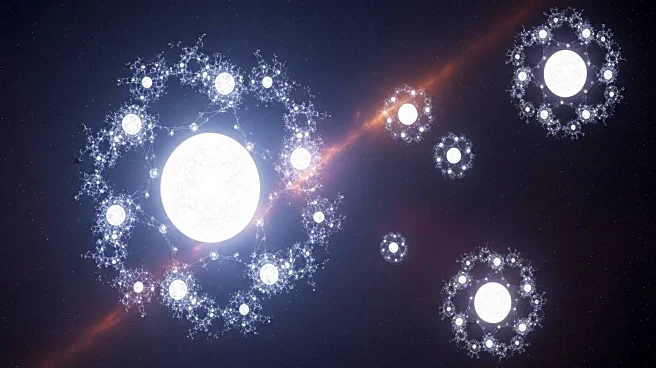What's Happening?
Astronomers have introduced a new theory suggesting that interstellar objects, such as the comet 3I/ATLAS, could play a crucial role in the formation of exoplanets. This theory was presented by Professor Susanne Pfalzner at a recent scientific meeting. The process of planetary formation typically involves accretion, where particles in a star's disk collide and stick together. However, the presence of interstellar objects could provide the necessary mass to overcome growth barriers, facilitating the formation of planets, especially around higher-mass stars. This could explain the rapid formation of gas giants around such stars, as these objects might be captured by the disks, accelerating the accretion process.
Why It's Important?
The theory could significantly impact our understanding of planetary formation, particularly around massive stars. If interstellar objects indeed act as 'seeds' for planet formation, it could explain the prevalence of gas giants around these stars, which has been a longstanding mystery. This insight could reshape models of planetary system development and influence future astronomical research. The potential for millions of interstellar objects to be captured by protoplanetary disks suggests a more dynamic and interconnected universe, where the exchange of material between star systems is more common than previously thought.
What's Next?
Further research and simulations are likely to be conducted to test this theory and explore its implications. Astronomers may focus on identifying more interstellar objects and studying their interactions with protoplanetary disks. Observations of young star systems could provide additional evidence to support or refute the proposed model. The scientific community may also explore the potential for these objects to influence the formation of other celestial bodies, such as moons or smaller planets.

